As promised in the last sunset lighting tip post, a second quick hack for dusk/lit portraiture. This one involves helping your camera's chip see a contrasty scene more like the way our eye sees it. Read more »
Strobist
Posts Tagged ‘Hide’
SLC 2L-03: Use Your Second Light to Hide Your First Light
The ‘Nude’ app uses AI to detect and hide NSFW images on your iOS device
 |
If you’ve got NSFW (read: nude) pictures of any kind on your smartphone storage, chances are you don’t want them to be seen by just anyone. And while there are apps that allow you to move private images into protected locations, this tends to be a largely manual process… well not anymore.
The so-called ‘Nude’ app automates the process of finding and hiding your most … sensitive images.
The app scans your device for nude images using artificial intelligence. If any files are detected, they are immediately moved into the app’s protected vault and deleted from the camera roll and iCloud. Under iOS 11, image recognition is undertaken on-device but under iOS 10 and older operating systems data has to be transferred to cloud servers.
The makers of the app say Nude is also useful for keeping images of ID cards, credit cards and other important documents in a safe place, but there is no mention of an automatic detection function. The app is protected via PIN or Touch ID, and records any attempts to access your photos. There is also an integrated camera, so images can be recorded directly in the app.
The app is free to download on the Apple App Store, but requires a $ 1 monthly or $ 10 annual subscription to use. For now, Nude is only available for iOS devices, but an Android version is under development.
Articles: Digital Photography Review (dpreview.com)
Nothing to Hide: Open Glass Islamic Culture Center for NYC
[ By WebUrbanist in Architecture & Public & Institutional. ]

Designed to dispel fears surrounding Muslim culture, practices and traditions, a new wide-open skyscraper design for New York City invites people of all faiths to enter, through both programmatic functions and a clear facade.

The schematic proposal by local firm Buro Koray Duman was commissioned by the American Society for Muslim Advancement (ASMA), aiming to promote progressive change and social justice. The Society hopes to show another side of Islam to the city and the world.

The idea is, in part, to highlight cultural aspects of Islam as apart from the strictly religious (and particularly: radicalized) associations, distinguishing between peoples and religions.

The building is structured to be as welcoming and open as possible, consisting of horizontal floors stacked to fit a vertical urban landscape.

From Dezeen: “His studio’s schematic design for the centre features a 100,000-square-foot (9,290 square metres) building that takes its cue from historic Islamic cultural complexes, called kulliyes.”

“In these complexes, which are laid out horizontally, low-slung buildings with varying functions are organised around a centrally placed mosque.”

A central volume contains an auditorium, library, prayer room, restaurant and offices, connected by walkways that span public and private spaces around the perimeter.

This design may or may not be realized; the idea of building Islam-centered architecture near the site of the 9/11 attacks has been contentious for well over a decade.

Supporters hope, however, that structure (conceptual or actual) can show another dimension to even the wariest members of the public, at least opening the door to interfaith and intercultural dialogue.




[ By WebUrbanist in Architecture & Public & Institutional. ]
[ WebUrbanist | Archives | Galleries | Privacy | TOS ]
Architecture with Nothing to Hide: 13 Glass Box Buildings
[ By Steph in Architecture & Houses & Residential. ]
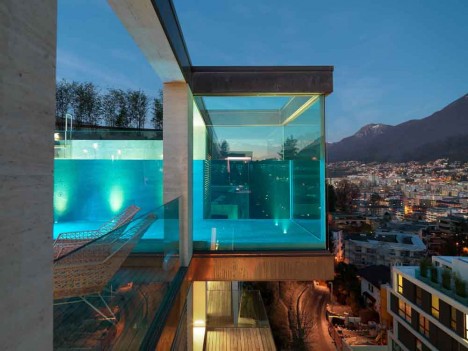
Spotlighting the reflective, shimmering and transparent qualities of glass, architecture primarily made up of glazed volumes interacts with its environment in ways that opaque structures simply can’t, whether they’re overlooking the ocean or in the middle of a busy urban square. Their sense of vulnerability is tempered by this feeling of connection, containing their inhabitants without cutting them off from the world.
Japanese School



“I wanted to create a building where it isn’t clear if there are any rules at all,” says architect Junya Ishigami of the disorienting Kanazawa Institute of Technology, comprised of little more than 305 steel columns and a whole lot of glass. The structure reflects the trees at its perimeter, seeming to multiply them, making it feel more like a forest itself than a college classroom. Inside, the steel beams mimic tree trunks.
Russet Residence by Splyce Design



Stacks of glazed boxes jut out from a Vancouver hillside in this modern residence by Splyce Design, stretching out toward the ocean. Some rooms even cantilever from the sides of the house, maximizing the number of interior spaces with an impressive view. All of that frameless glazing helps the home blend in with its surrounding forest environment.
Offices for Junta de Castilla y Leon by Alberto Campo Baeza



How do you make a structure feel simultaneously open and vulnerable, and as secure as a fortress? Build a glass box inside a stone enclosure. Alberto Campo Baeza’s offices for Junta de Castilla y León utilizes sandstone to disguise the very modern building in its historic environment, the walled city of Zamora, Spain. The perimeter walls provide privacy, while the glazed box within soaks up sunlight.
Skyline Residence



The incredible Skyline Residence in Hollywood by Belzberg Architects has its very own drive-in theater on the side of a geometric glazed volume. The entirety of the glass facade opens to the sky on the bottom floor, leading out to a 65-foot hillside infinity pool.
Next Page – Click Below to Read More:
Glitter And Float 13 Glamorous Glass Box Buildings




[ By Steph in Architecture & Houses & Residential. ]
[ WebUrbanist | Archives | Galleries | Privacy | TOS ]
Under Cover: Secret Swiss Military Bunkers Hide in Plain Sight
[ By WebUrbanist in Travel & Urban Exploration. ]

Throughout the rolling hills of rural Switzerland, tucked inside idyllic works of regional vernacular architecture, lie disguised fortifications of a country always ready for war. Some of these bunkers conceal gun caches, communications infrastructure and even anti-aircraft artillery.

The camouflage is incredibly convincing: a worn wood-sided barn, countryside home with cracking paint or a cute small-town cottage could all house militarized surprises.

The public is not privy to precise numbers, but estimates suggest the country contains 250 or more such structures variously disguised as buildings or parts of the natural landscape.


The Swiss are world-famous for their perpetual state of military preparedness, but few outsiders (as well as many citizens of Switzerland) are unaware just how much they are surrounded with infrastructure of war.

Christian Schwager’s relatively recent book on Fake Chalets helped make these buildings an open secret, in turn aiding preservation efforts for many of these facilities that no longer serve an official purpose.

Reporter Anneke Bokern has also delved into the history of these buildings, many of which date back to the 1930s and 40s: “Theatre painters were in charge of the paint jobs, supplying each bunker with a customised skin inspired by the local chalet style.”


“As the results prove, they went about their job with Swiss precision – although the bunkers only had to deceive at a minimum distance of 20 metres. They painted realistic window shutters, created perfect imitations of wood grain, and even took the position of the sun into consideration.”




[ By WebUrbanist in Travel & Urban Exploration. ]
[ WebUrbanist | Archives | Galleries | Privacy | TOS ]
[MODIFIED] Internet Explorer 11 – Hide Pictures to Speed up Web Browsing
On a low-speed Internet connection or paying for bandwidth? Configure IE11 to stop showing pictures.
Are you performing research on the Internet with Internet Explorer 11 on a slow Wi-Fi connection at a coffee shop? Or, perhaps you’re using a mobile broadband service that will throttle down your speed, or at worst stop working, if you consume too much bandwidth? If so, you can configure IE11 to stop showing images to cut down on data transfer.
1. If you are using Windows 8.1 and have Internet Explorer 11 open in “Metro” mode, close it. With the latest version of Windows 8.1 you can just move the mouse pointer to the top of the screen until an “X” appears at the top-right, then click it. Now open Internet Explorer 11 in the Desktop mode (WIN + D, then click Internet Explorer on the Taskbar)….
Read more at MalekTips.
New Computer and Technology Help and Tips – MalekTips.Com
Windowless House of Glass: Solid Walls Hide Invisible Floors
[ By WebUrbanist in Architecture & Houses & Residential. ]

In a surreal reversal of modern architectural convention, this Vertical Glass House trades a tradition of solid horizontals and clear verticals for an opaque shell and see-through walking surfaces.


The design by Atelier FCJZ draws on Modernism’s celebration of materials like concrete, glass and steel, but subverts them at the same time via a 90-degree twist. The result is a surprising inverse of celebrated Modernist residences, textbook-making works like Mies van der Rohe’s Farnsworth House or Phillip Johnson’s Glass House.


Despite its strategic departures, the unique home is still intended in a Modernist spirit – its simplicity is just turned inward, meant to engender and focus internal reflection. Set as it is in Shanghai, and designed by a Chinese firm, one could also argue it is an Eastern interpretation of a primarily Western movement.


The building was originally designed for a competition just over two decades ago, but recently realized as an actual structure thanks to the West Bund Biennale of Architecture and Contemporary Art, which has made it a permanent pavilion and opened it to guest artists and architects in residence.


From the designers: “Vertical Glass House is a urban housing prototype and discusses the notion of transparency in verticality while serving as a critic of Modernist transparency in horizontality or a glass house that always opens to landscape and provides no privacy.”
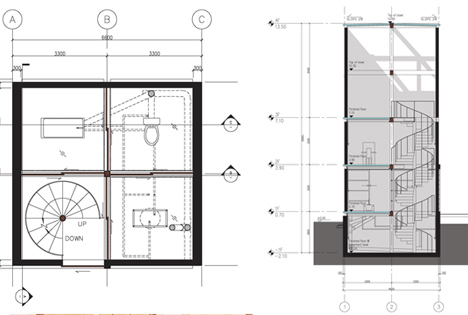

“With enclosed walls and transparent floors as well as roof, the house opens to the sky and the earth, positions the inhabitant right in the middle, and creates a place for meditation. Vertical transparency [also] visually connects all the utilities, ductworks, furniture pieces on different levels, as well as the staircase, into a [comprehensible] system of domesticity.”




[ By WebUrbanist in Architecture & Houses & Residential. ]
[ WebUrbanist | Archives | Galleries | Privacy | TOS ]
Vertical Garage: Hide Cars Below or Lift Your Ride to the Sky
[ By WebUrbanist in Technology & Vehicles & Mods. ]
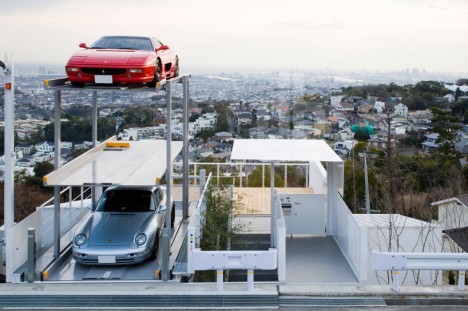
There are all kinds of houses designed to showcase your prized luxury vehicle or custom cruiser, but few can boast so blatant a mechanism to quite literally put your sports car on a pedestal.

Tucked into a hillside, the main house sits below the street level at which you drive up and enter, leaving only a driveway, walkway and deck visible from above … until, that is, you jack up your car collection two more levels into the air.

To be fair, this unusual architectural solution was designed by Atelier K (images by Kazushi Hirano) not to showcase the vehicles as such, but to simply make room for the owner’s Porsche, Ferrari and Honda on a narrow lot where a three-car garage or driveway was simply never going to work.

Inside, modern simplicity and regional minimalism influence the interiors within the house, which hugs and runs along the steep hill behind it. The result is a series of cozy, house-scaled rooms more practical and conventional.


Still, back up above, one has to imagine that at least from time to time it is tempting to hop in the top-stacked vehicle, push the button and ride up a few more meters for an even more amazing view of the Japanese city sprawled out below.




[ By WebUrbanist in Technology & Vehicles & Mods. ]
[ WebUrbanist | Archives | Galleries | Privacy | TOS ]
![]()
Walk on Water: Hydro-Floors Hide Secret Swimming Pools
[ By WebUrbanist in Design & Fixtures & Interiors. ]
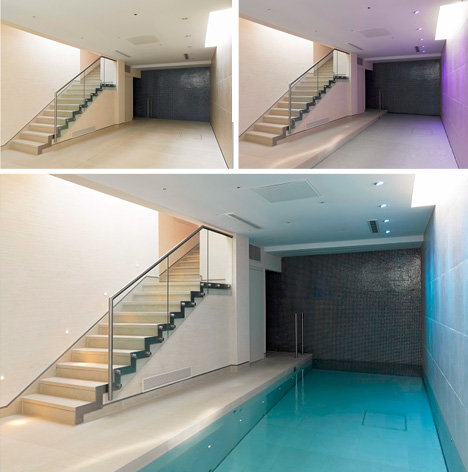
Adding a swimming pool or hot tub means displacing something else – usually a outdoor lawn, yard or deck or dedicated room inside a house. But what if you could have the best of both worlds: a usable space or surface replaced by a body of water when you want it?
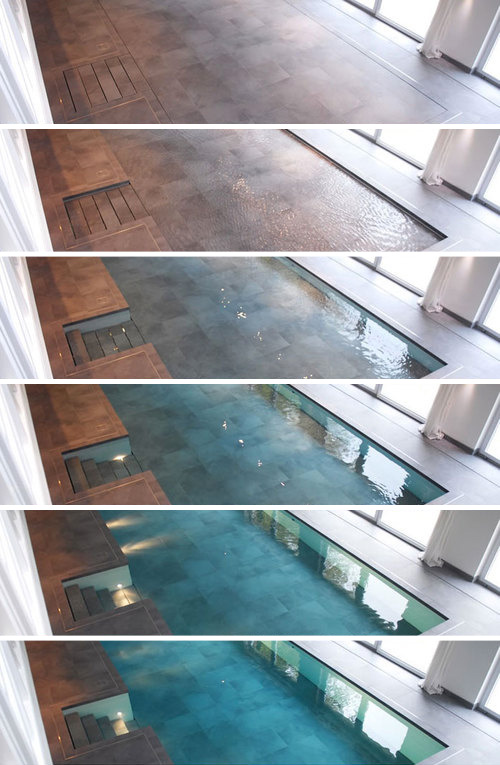
These designs effectively let you walk on walk on water, in a sense, thanks to dynamic and on-demand functionality right beneath your feet. Designers of the exterior and interior swimming and wading pools (as well as hot tubs) shown here include companies like Hydrofloors (images above) and Agor (video below).
At the push of a button, decking descends autometically and water fills in the void left behind – conceal, reveal, rise and repeat as desired, turning a cocktail into a pool party and back again.
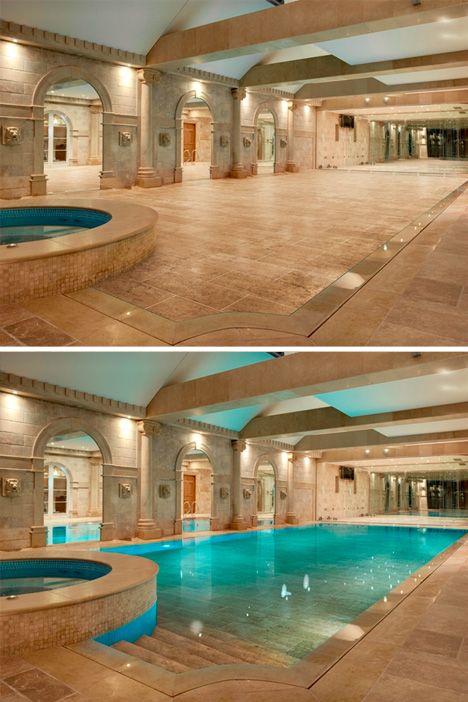
Depending on the nature of user needs, the mechanically-controlled platforms lower to become pool bottoms but also steps down into the resulting water.
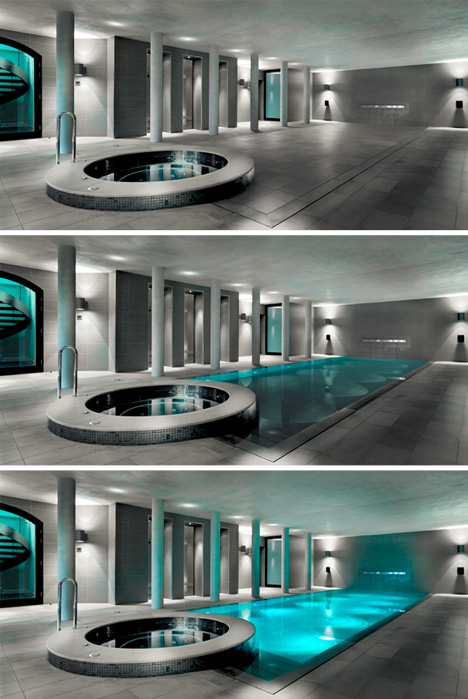
Aside from issues of cost (and one can only imagine how expensive such custom solutions must be – there are no list prices), the question that remains, of course, is: how hard is it to clean and maintain? Perhaps if you have enough money to afford to build one of these liquid luxury machines, that price point is moot.




[ By WebUrbanist in Design & Fixtures & Interiors. ]
[ WebUrbanist | Archives | Galleries | Privacy | TOS ]
![]()
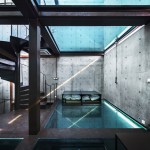
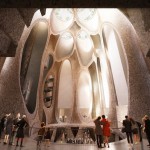
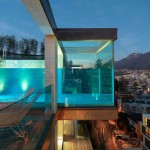

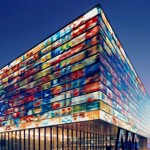

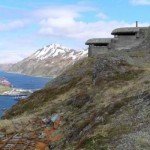
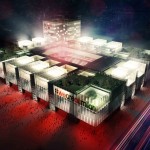
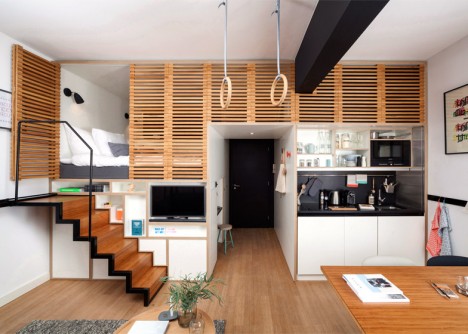
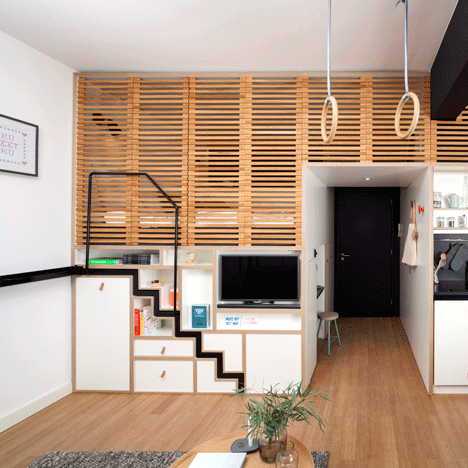
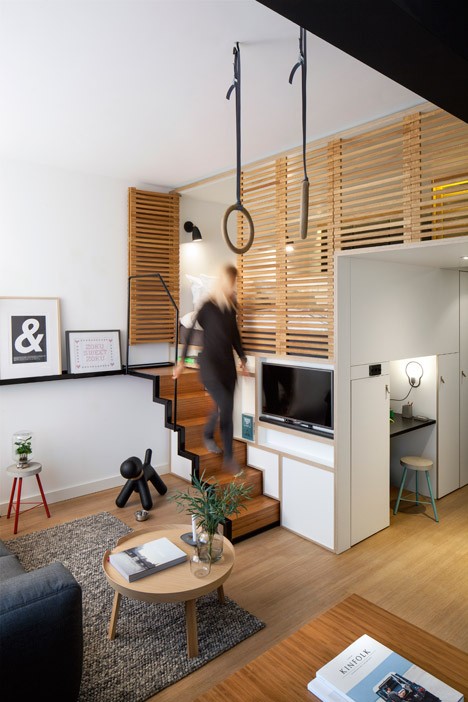
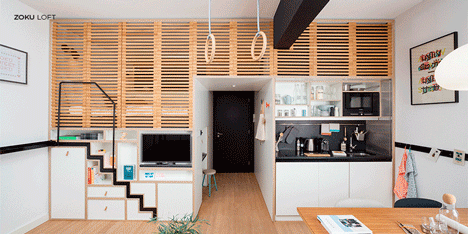
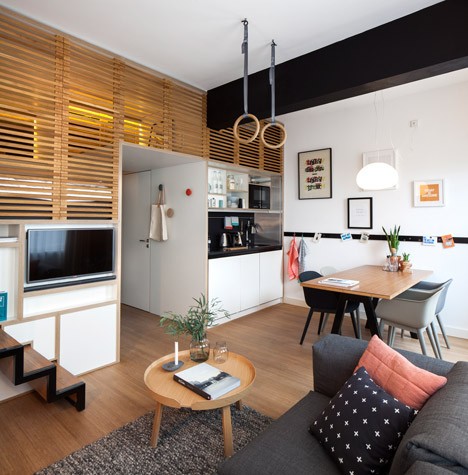
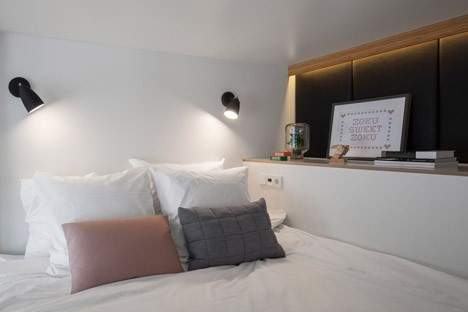
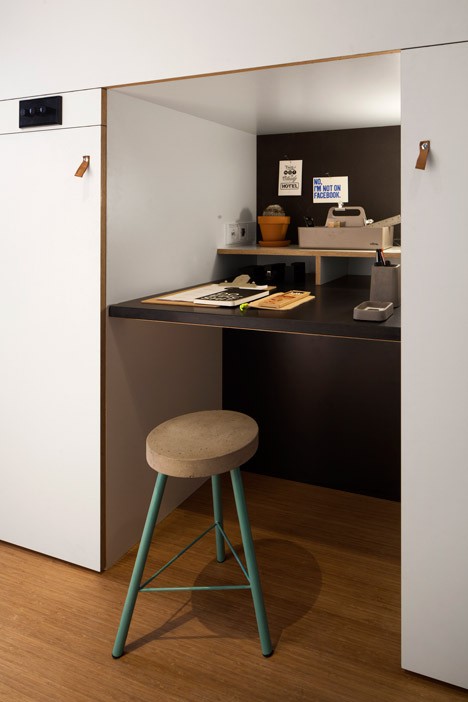
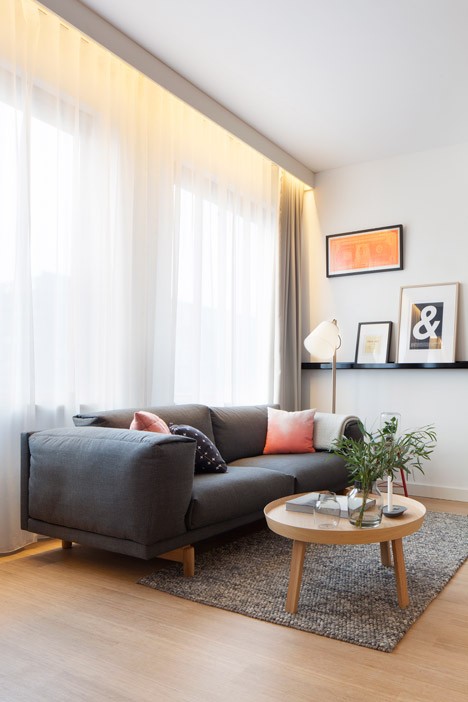
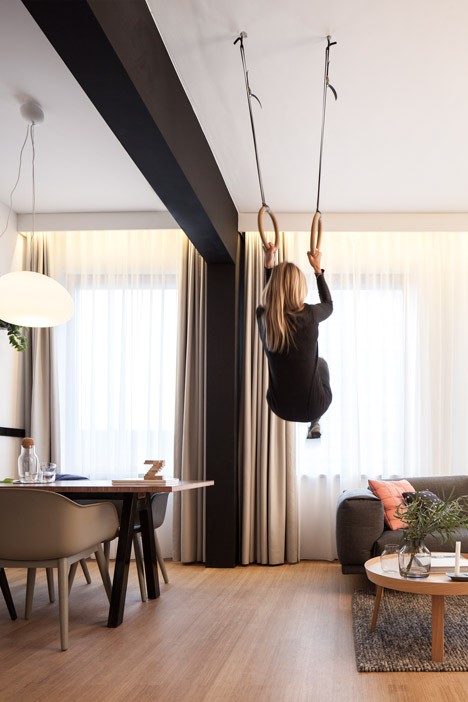
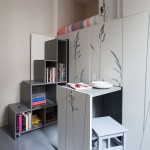
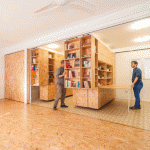
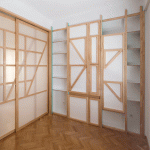
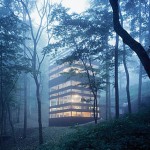
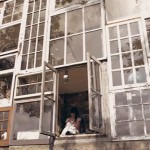
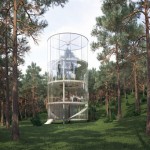





You must be logged in to post a comment.